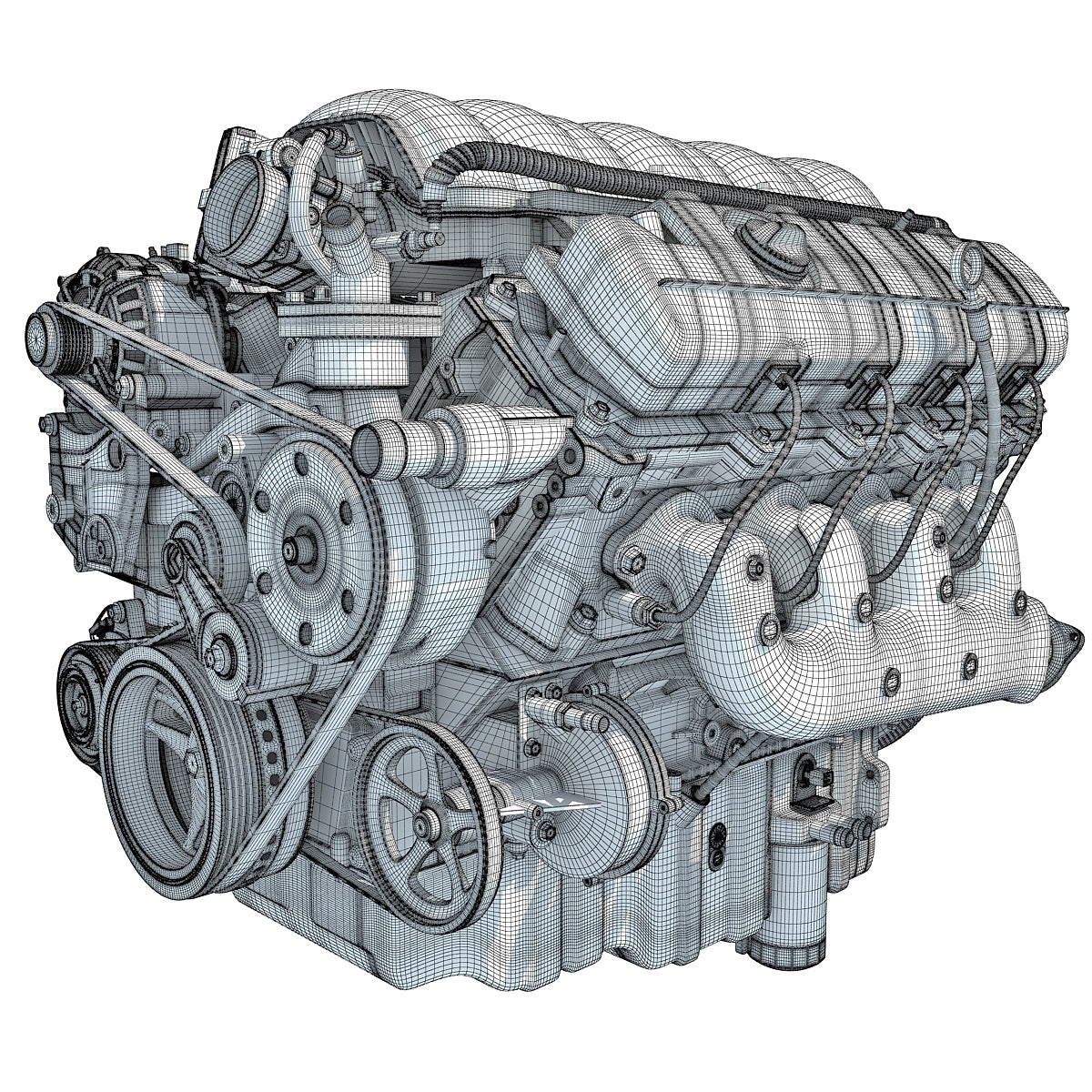
You've successfully completed your 3D modelling or design, all you need now is to have a feel of what you've created. How do you do that? With a 3D rendering program! These 3D rendering programs are available in their multitude and some have features that are unique to them. Some 3D rendering software ranks higher in usage when compared to other types. Some of this 3D rendering software include V-RAY and Lumion which we will be looking at today. We will be looking at the strong points of each of this software, as well as their weak points to use as a point of comparison for the two programs.
V-RAY
V-RAY used to be one of the top 3D modelling software available in the market until the major programming part became outsourced. The outsourcing of the parts of the program made the program's quality greatly reduced. It is for this reason that the app lost its usual ability and popularity with 3D artists and other users. The software has, however, gotten some improvement in recent times, and is gradually taking its place back on the list of top choices for 3D rendering programs among learners and professionals. The V-RAY app is more of an add-on as it is integrated into SketchUp or any other 3D modelling software of your choice. It means that V-RAY needs a modelling software to function, and if anything happens to the modelling program, your V-RAY will follow-suite. V-RAY uses global illumination algorithms like photon mapping, irradiance maps, path tracing and other methods for rendering 3D images and objects.
The compatible 3D computer graphics software that supports V-RAY include:
Autodesk Revit, Autodesk 3ds Max
Maya, Cinema 4D
Rhinoceros, SketchUp
Modo, Blender
Unreal, Houdini and
Katana
There is also a stand-alone version of the software, but the stand-alone version is, however, not popular.

LUMION
Lumion is a topnotch software for 3D rendering and architectural visualization. With Lumion, you can easily and quickly render high-quality images. You can improve your designs, interactivity and waiting time seamlessly with Lumion. One other benefit of Lumion is the ability to add different environment, materials, lighting, objects, compelling effects, and foliage. It has a lot of tools and features and a massive library that allows you to immerse your clients into the centre of your creation. Lumion comes as a very easy to use program that doesn't require much by the way of learning. With just a little time dedicated to it, you can become very good at the use of Lumion 3D rendering software.
Whatever your existing workflow is, Lumion fits perfectly into your model and renders high-quality images, beautiful videos, 360 panoramas etc. The app is also seamlessly compatible with any CAD package and allows you to make quick modifications to your model and design. Lumion has awesome features like LiveSync, fast 3D rendering, massive and beautiful visualisations. You can also make real-time simultaneous 3D rendering with modelling programs like Revit, ArchiCAD, Rhino, Maya, Modo, SketchUp and a lot more.
V-RAY vs Lumion
Lumion is a standalone program, unlike V-RAY which needs to be integrated into a 3D modelling software. What this implies is that V-RAY relies on the proper functioning of the modelling software. Therefore, using a faulty 3D modelling program will ultimately affect the functionality of V-RAY. With Lumion you don't have to worry much about your choice of 3D modelling software as the software itself is standalone. Lumion allows for live rendering which means you do not have to worry about making adjustments or locking your camera to a particular view.
Both of these programs are capable of creating beautiful rendering, but Lumion offers an even smoother experience. Also, Lumion allows you to make your 3D rendering a fluid part of the entire process of 3D design. With Lumion you can make adjustments and additions to your view.

A quick summary of the V-RAY and LUMION 3D rendering software
After making the comparison between V-RAY and Lumion, we concluded that Lumion is the better option of the two rendering software. When it comes to full 3D renderings, Lumion proves to be way more capable than V-RAY. VRAY is, however, a very useful app in itself, as it can do a lot of rendering tasks. Lumion is more intuitive than V-RAY, but the V-RAY software isn't a total deadbeat. There are rendering software that is inferior to V-RAY.
The final choice of 3D rendering service is left to you, the final consumer. Your choice might be different from yours. If you've made use of this modelling software, we would like to know your preferred choice of 3D rendering software among these two. Which of these programs do you think is the best?